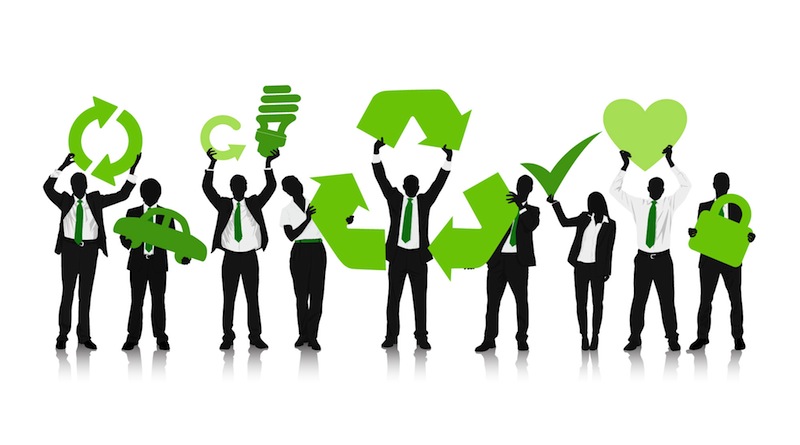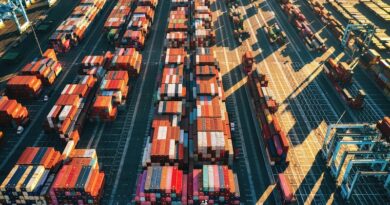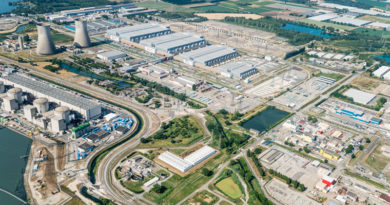
Ambition and realism – key ingredients for a future-oriented waste policy
A circular economy responds to the main challenges of our time. Maintaining the value of products and materials in the economy through reuse and recycling and reducing waste can help our economy to become more competitive and resilient, relieve the pressure on our resources and environment, create jobs and social cohesion, and spur innovation. Moving away from a linear economy is the only solution that makes sense in the long-term for the European economy.
The Circular economy Package adopted by the European Commission in December 2015 is a key contribution to that transition, to the 10 priorities of President Junker and to the broader agenda of the European Union for jobs and growth. It is also closely linked with the energy and climate policies, at the time of global commitments on climate change, and it contributes to the implementation of the Agenda 2030 on sustainable development adopted by the United Nations in September 2015.
The waste legislative package, which was adopted by the European Commission in December 2015, aims to make waste
management a true part of the clockwork of the circular economy. The targets proposed in order to turn waste into a resource are necessarily demanding. They help to ensure that resources stay ‘within the loop’ and are available for future use thus creating a viable market for secondary raw materials and new business opportunities.
Ambition is an essential ingredient of success. Progress is achieved only by setting the bar each time higher. The Commission is proposing a policy for the future with long-term targets for better waste performance to be achieved within the next 10-15 years. This is not just an environmental agenda: it is fundamentally about tapping into new sources of growth and job creation, broadening our internal market and giving a boost to our competitiveness.
Realism is about being able to see the situation as it is, while keeping strong determination to move forward. This is exactly what the Commission proposals do. They build on a mature EU policy framework that has supported continuous advancement on waste management, has led to the establishment of a viable waste management sector and has given a boost to innovation in this field.
But if Europe is serious about the transition to a circular economy and keeping a leading position in environmental technologies globally, there is no room for complacency.
Nowadays, only a limited share of all the 2.5 billion tonnes of waste generated in the EU is recycled. 1.6 billion tons are not put effectively back in the European economy, while it is estimated that an additional 600 million tons could be recycled or reused. Major improvements are within reach as regards the recycling of municipal waste, half of which is still incinerated or landfilled, as well as of packaging waste and waste prevention.
To fundamentally improve waste management practices we need EU waste legislation. The waste legislative proposals put forward a clear and stable policy framework, allowing public and private actors across the EU to develop long-term investment strategies focusing on waste prevention, re-use and recycling. The Commission proposes increasing the recycling of municipal waste to 65%, the recycling of packaging waste to 75% with specific targets per packaging waste stream, and limiting landfilling of municipal waste to 10% – all to be achieved by 2030. Adding to an existing obligation as regards paper, glass, metals and plastics, separate collection of bio-waste is also introduced in order to ensure the quality of waste streams for recycling.
To achieve these ambitions the use of market mechanisms is prioritised. The proposals include minimum requirements for extended producer responsibility schemes and emphasise the use of economic instruments such as landfilling or incineration taxes.
Better regulation is also essential therefore definitions are aligned and provisions on ‘by-products’ and
‘end-of-waste’ status are clarified in order to facilitate industrial symbiosis and boost secondary materials markets. The proposed calculation rules get as close as possible to measuring actual recycling rates and therefore real circularity in the economy.
Our waste proposals are based on a comprehensive assessment of where the EU and individual Member States stand, and what can be done to improve current performance. Differences today are considerable, with a number of countries recycling below 20% of municipal waste and landfilling more than 65%, while others recycle above 50% and landfill below 5%. The objective is to achieve gradual convergence to best-practice levels, while allowing more time for those countries that would need it most. Efforts to close today’s waste management gaps are already supported by EU funding, with 5.5 billion euros available under the cohesion policy in the period up to 2020. The policies, technologies, and good practices are all there to tap into the potential of improved waste management and the Commission actively supports Member States’ efforts with analysis, recommendations and exchange of good practice.
Achieving the proposed targets comes with a benefit it is estimated that in addition to the nearly 400 000 direct jobs brought by the implementation of the existing EU waste legislation, 170 000 more jobs could be created, most of them impossible to delocalise outside the EU, and 30 billion euro saved by 2035. Agreeing to take the path to maximise recycling is particularly important for those countries that joined the EU recently and are currently building their waste management system. They have also the most to gain in terms of jobs and savings.
The waste package presents concrete measures on smart regulation, market-based instruments, innovation and incentives. It is a clear signal to economic operators that the Commission is committed to creating new business opportunities and innovation by boosting the market for secondary raw materials. While it is driven by ambition, it is also underpinned by thorough analysis and a realistic approach to turn waste into a resource. If swiftly adopted, embraced by all stakeholders and effectively implemented, this package will bring the circular economy much closer to becoming an everyday reality.




